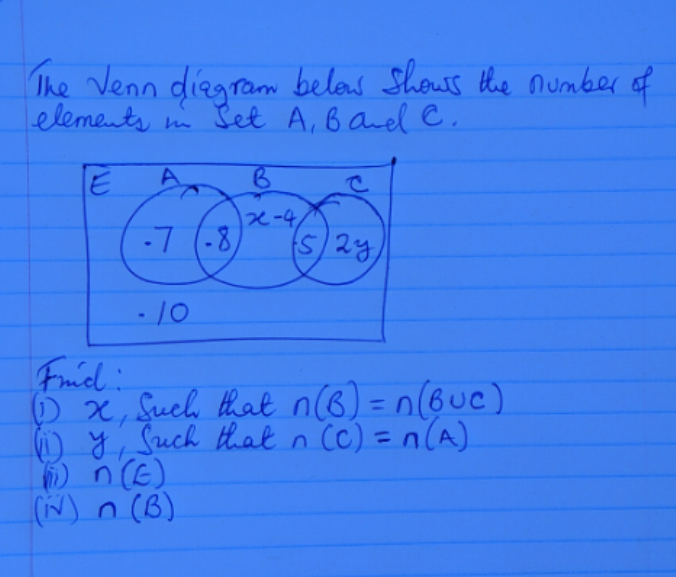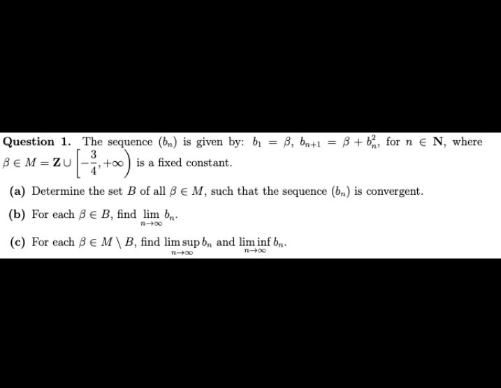
Set TheoryQuestion and Answers: Page 3
Question Number 144639 Answers: 0 Comments: 0

Question Number 141997 Answers: 2 Comments: 0
Question Number 141574 Answers: 0 Comments: 0

Question Number 137689 Answers: 0 Comments: 0

Question Number 137626 Answers: 0 Comments: 0

Question Number 137625 Answers: 0 Comments: 0

Question Number 137014 Answers: 0 Comments: 2

Question Number 135634 Answers: 1 Comments: 0

Question Number 133949 Answers: 0 Comments: 0

Question Number 133419 Answers: 0 Comments: 0
Question Number 131164 Answers: 0 Comments: 0

Question Number 129634 Answers: 1 Comments: 0
Question Number 128246 Answers: 0 Comments: 0
Question Number 127165 Answers: 0 Comments: 0

Question Number 126808 Answers: 2 Comments: 0

Question Number 126765 Answers: 1 Comments: 0
Question Number 124899 Answers: 0 Comments: 0
Question Number 124409 Answers: 1 Comments: 0
$${write}\:\mathrm{A}'\cup\:{B}'\:{in}\:{a}\:{disjoint}\:{set} \\ $$
Question Number 123287 Answers: 1 Comments: 0
Question Number 122436 Answers: 0 Comments: 0
Question Number 122426 Answers: 0 Comments: 0
Question Number 121870 Answers: 1 Comments: 0
Question Number 120702 Answers: 0 Comments: 0

Question Number 120044 Answers: 2 Comments: 0
Question Number 119487 Answers: 2 Comments: 0
Question Number 119401 Answers: 2 Comments: 0
